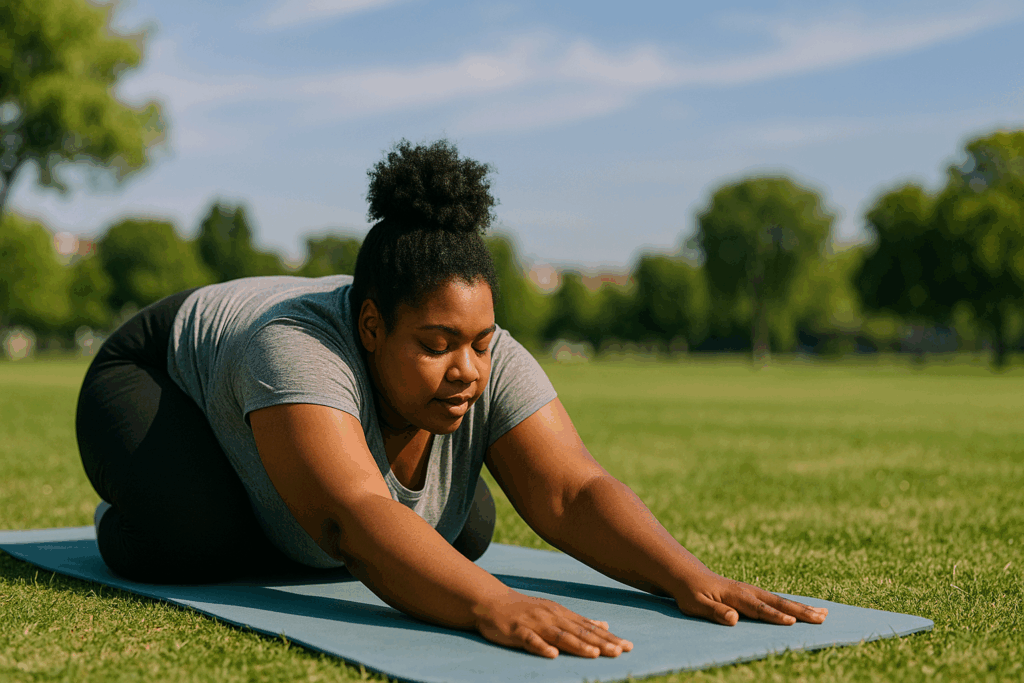Pushing harder doesn’t always mean getting fitter. As more athletes and trainers spotlight the power of recovery, this article explores the science behind rest days, the role of active recovery, and how embracing downtime can actually boost performance and prevent burnout.
Rest Isn’t Lazy—It’s Strategic

Rest days used to be seen as a sign of weakness or a break from progress, but science now says otherwise. When you exercise—especially with intensity—you’re breaking down muscle fibers. It’s during rest, not the workout itself, that your body repairs and strengthens those fibers. Without enough recovery, you risk overtraining, which can lead to fatigue, mood swings, sleep disruption, and even injury. Simply put: gains come from the balance between effort and rest.
Active Recovery: The New Rest Day MVP

Not all rest has to mean the couch. Active recovery—low-intensity movement like walking, swimming, yoga, or cycling—can increase blood flow, reduce muscle soreness, and keep your body mobile without pushing it past its limits. The key is keeping it gentle and enjoyable. A light hike or a restorative yoga session can do more for your long-term performance than yet another max-out day.
Burnout Is Real—And Preventable

Burnout isn’t just for the workplace. Athletes and fitness enthusiasts can fall into the trap of overtraining, chasing constant improvement without giving the body or mind time to reset. Chronic fatigue, irritability, and declining performance are all warning signs. Prioritizing regular rest days—especially after intense sessions—can keep motivation high and prevent long-term mental and physical exhaustion.
How to Build a Smarter Routine

A well-designed fitness plan should include rest just as intentionally as workouts. That means listening to your body, rotating muscle groups, and scheduling at least one or two rest or active recovery days per week. Apps and wearables that track heart rate variability and sleep can also offer insights into when your body needs more recovery. Remember: progress isn’t just about pushing forward—it’s also about knowing when to pause.

